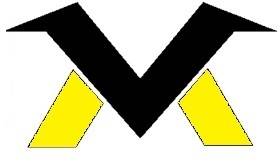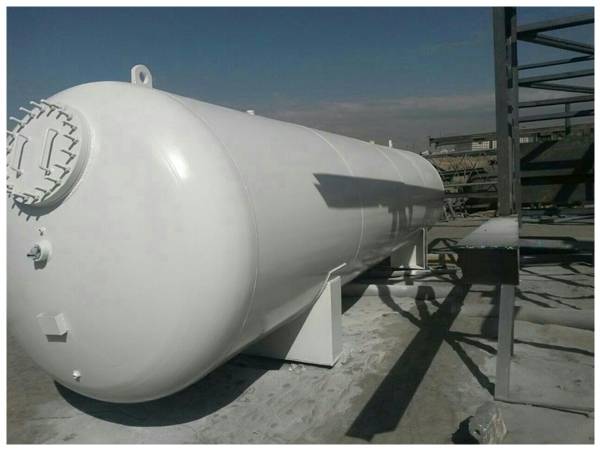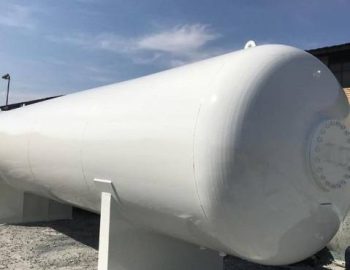Ammonia tanks
- Ammonia is used in the preparation of nitrogen fertilizers, acrylonitrile, nitroparaffin and nitrocellulose synthetic fibers, ammonium sulfate, ammonium nitrate..
- Ammonium phosphate and urea, production of pharmaceuticals, ice factories, household and refrigeration industries, production of nitric acid
- In chemical and petroleum industries, production of nitrogen compounds, in gas transmission technology, drilling and extraction of various metals, explosives, leather making, metal baking operations, rubber and fiber industries.( Prevent premature tire aging )،
- Paper and wood pulp industries, metallurgical industries (Extraction of metals such as copper, zinc and nickel ) And it is used to preserve food.
Ammonia is one of the most widely used mineral chemicals, whose global production was reported to be 175 million tons in 2018..
Anhydrous ammonia by DOT as a non-flammable gas, group 2.2 And it is classified as an inhalation hazard.
Compressed air should not be used to transport ammonia from containers and cargo tanks because it causes ammonia pollution.
Ammonia in range 16 until the 25 The percentage by volume in air is flammable, but the mixture of oil with ammonia extends this range. Therefore, it is necessary to ensure that there are no sources of flame or spark in the areas of ammonia storage or use.
Ammonia tanks are made in a fixed and transportable form, transport tanks in ISO container types,cargo tank,Portable tanks are categorized .
In the company of Vera Makhzar Khazar, the ability to build these tanks of capacity 500 Liter up to 200000 There are liters.
The equipment of these tanks must be compatible with ammonia, which is possible to supply equipment from famous brands such as REGO or DANFOSS if requested by the employer.
Construction standards for ammonia tanks :
ASME SEC8 DIV1 , ADMERKBLATT, EN14025, ADR, DOT, BS5500
Tips for building ammonia tanks:
- The type and classification of the welding seam used

- It is forbidden to use the following connections for welding:

- The connection of the nozzle to the body must have full penetration:

- It is forbidden to use the following flanges:




